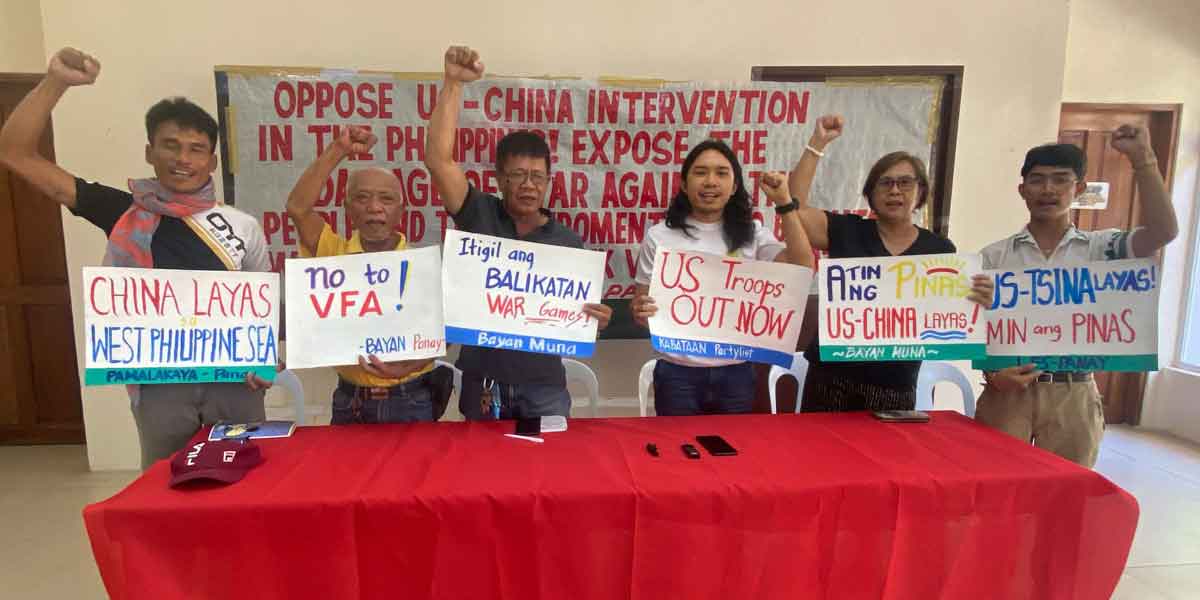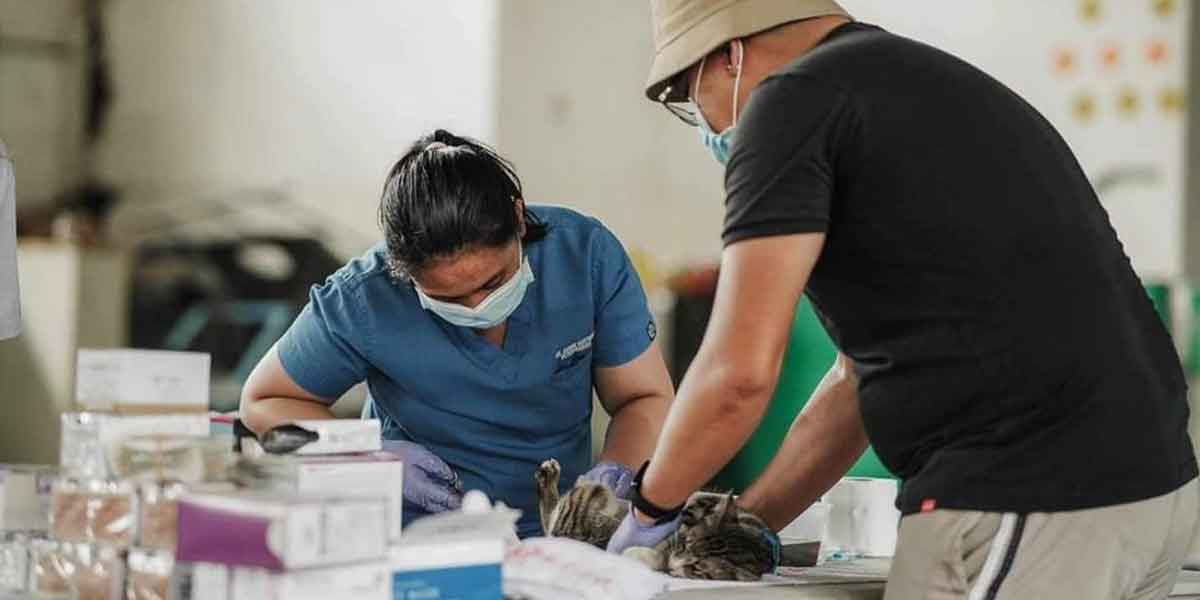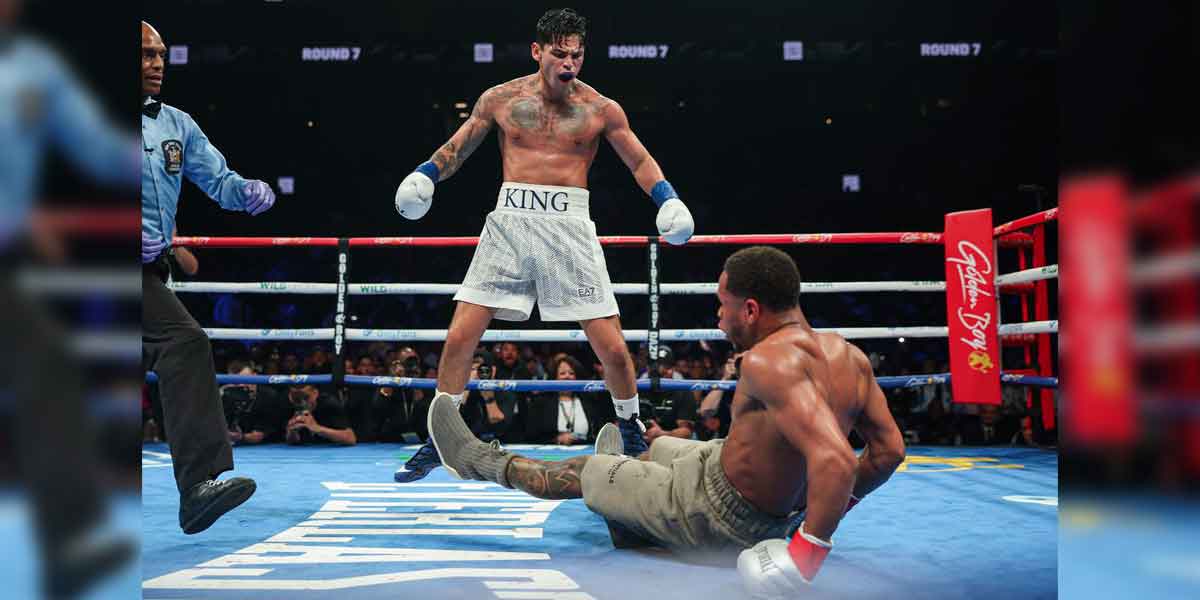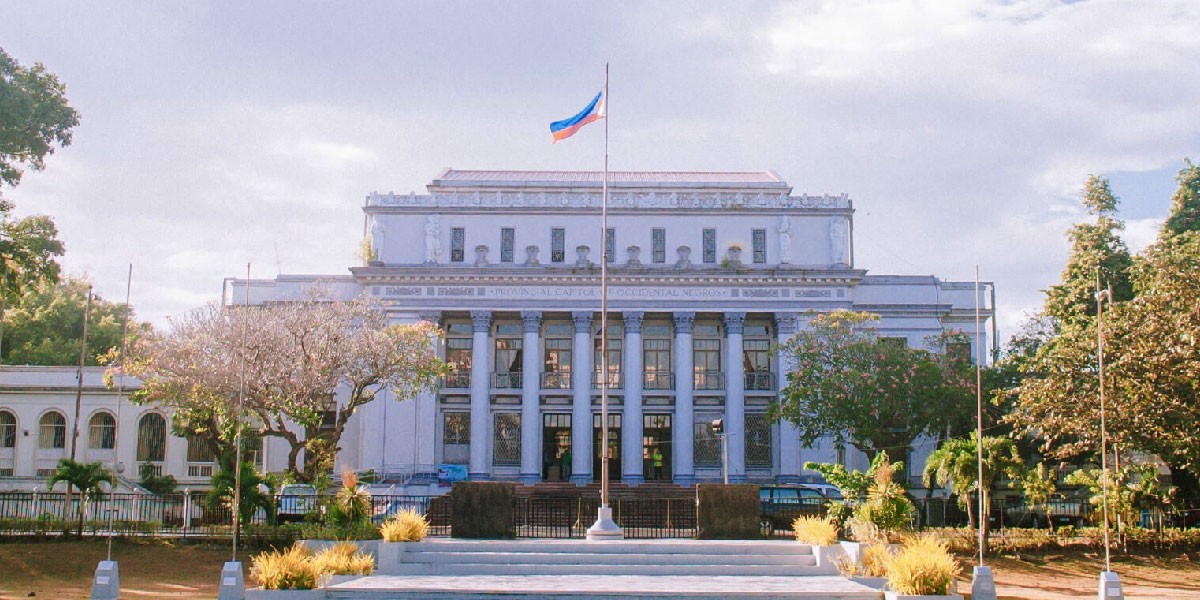 By: Michael Henry Ll. Yusingco and Sophiya M. Navarro
By: Michael Henry Ll. Yusingco and Sophiya M. Navarro
First of two parts
INITIATIVES to change a constitution are part and parcel of being a constitutional democracy. Resisting such an initiative, provided it is supported by a rational public consensus-building process, is an integral component of constitutional democracy as well. As a constitutional democracy, the Philippines finds itself perfectly within this constitutional reform context.
Obviously, the Duterte administration is fully committed to increase public awareness and support for federalism and charter reform. But there is still no guarantee that Filipinos will rally behind a move to enact a new constitution.
Indeed, one of the respected polling firms in the Philippines, Pulse Asia Research, released in 2018 results of a survey showing that 64% of respondents are not in favor of changing the 1987 Constitution.
What could be driving this resistance to constitutional reform?
PROBLEMATIC TEXT
One reason why the charter continues to be unamended could be the lack of clarity in the text itself on how to go about it. In Article XVII, the 1987 Constitution provides three modes of constitutional amendment: 1) by Congress as a constituent assembly; 2) by a constitutional convention; and, 3) by peoples initiative. In all three instances, any revision to the national charter shall only be valid when approved by the electorate in a plebiscite.
President Duterte and his allies in Congress favor the constituent assembly mode (#1) because they see it as the practical choice. However, some charter reform advocates prefer the constitutional convention mode (#2) because for them any cost to be incurred by the state should be acceptable given the gravity of this political exercise for all Filipinos.
To make matters even more volatile, the 1987 Constitution provides that any amendment to, or revision of, this Constitution may be proposed by: (1) The Congress, upon a vote of three-fourths of all its Members; The phrase of all its members has raised the question of whether the bicameral Congress acting as a constituent assembly should vote separately or jointly?
The prevailing view is that the two chambers of Congress should vote separately. The surviving members of the 1986 Constitutional Commission are unanimous in advocating this view. Former members of the Supreme Court, legal scholars and all incumbent senators insist that the voting must not be done jointly.
However, former Speaker of the House of Representatives and staunch presidential ally, Pantaleon Alvarez, insists that Congress can vote as one body and therefore the lower chamber can proceed even without the cooperation of all the senators. The current Speaker, former president Gloria Arroyo, has a different view and has instead filed a resolution inviting the upper chamber to convene as a constituent assembly. But will the Senate bite? This remains to be seen.
The key point to note here is that if the status of the drafting body is questionable, then this may undermine the acceptance of the new constitution by the polity. Meaning, the charter which the body produced may be ratified by the people, but lingering doubts could possibly sustain a general lack of respect from the public and may even fuel non-compliance to its prescriptions as well.
Another reason why the Constitution has not been amended could be the context whenever such a proposal is made. This move has always been viewed as an underhanded scheme to extend the term of a sitting president. This national skepticism is rooted in the Marcos era, when the dictator used constitutional change to duck term limits.
The debilitating reality within the Philippine context is that charter change had been, and still is, being used, not as a means to achieve true reform, but as a tool by politicians to grab, consolidate, and entrench themselves in power even further. President Marcos was able to do it in 1973, albeit with the help of Martial Law. Post-EDSA Revolution administrations, particularly former presidents Ramos, Estrada, and Arroyo, tried to change the Constitution also only to be accused of using the charter change guise as a thinly veiled attempt to grant them a second, or to put it more accurately, extended and unlimited terms. As a result, the last three presidents in this list not only failed in their attempts to change the Constitution, but they also failed in changing the peoples negative attitude towards constitutional reform.
In 2018, we see this once again as political opponents of President Duterte claim that he could not be trusted with his promise not to run again for president under a new charter. Senator Leila De Lima, a tenacious critic of Duterte and currently detained on drug charges, adds that it is difficult to rely on an administration that has already shown its susceptibility for abusing power, for allowing impunity to reign, and for lying repeatedly to the public.
It is also worthy to note that the possibility of charter reform via a constituent assembly is likewise burdened with a serious trust deficit because of the palpable conflict of interest afflicting those pushing for this mode.
A few days before the Presidents State of the Nation Address last year, academics and professionals released a statement expressing serious misgivings on the capability of lawmakers to overcome their political self-interests if indeed charter change is to push through, to wit: Almost 80% of Congress is comprised of political dynasties, and the empirical evidence suggests that a majority of them may face deep conflict of interest if a new constitution aims for reforms that level the political playing field. The risk of capture by vested interests affecting our present politics is too great.
Ironically, a member of the House of Representatives has said: If the ones who will discuss Cha-cha (charter change) are just the House and Senate leaders, then many would view this as suspect at the very least, even dangerous, and at worst, self-serving.
(This piece is a condensed version of an Ateneo Policy Center working paper. The full version is available at the Ateneo School of Government website)





















